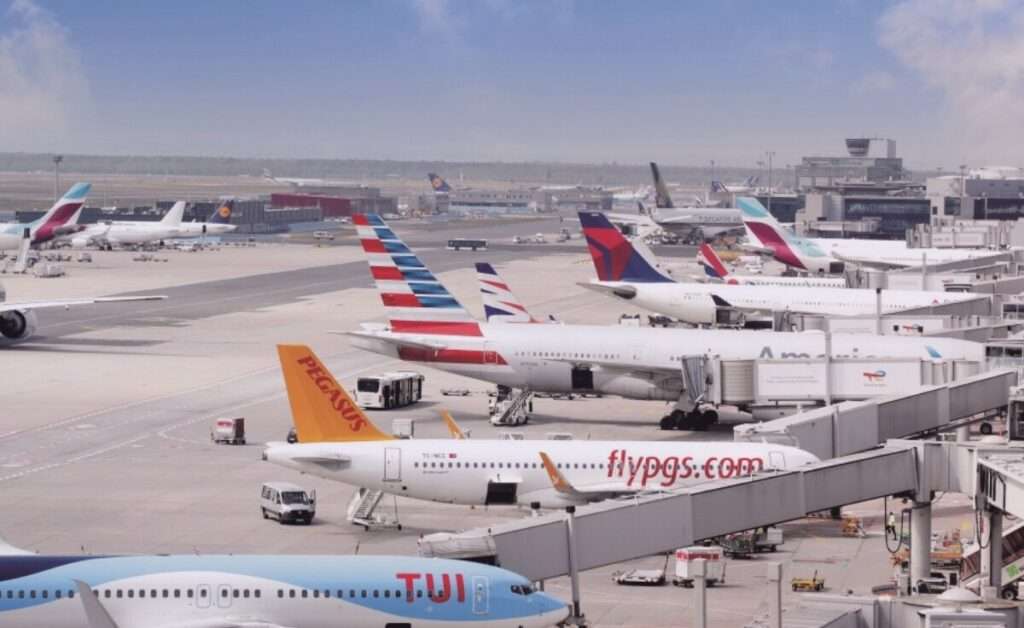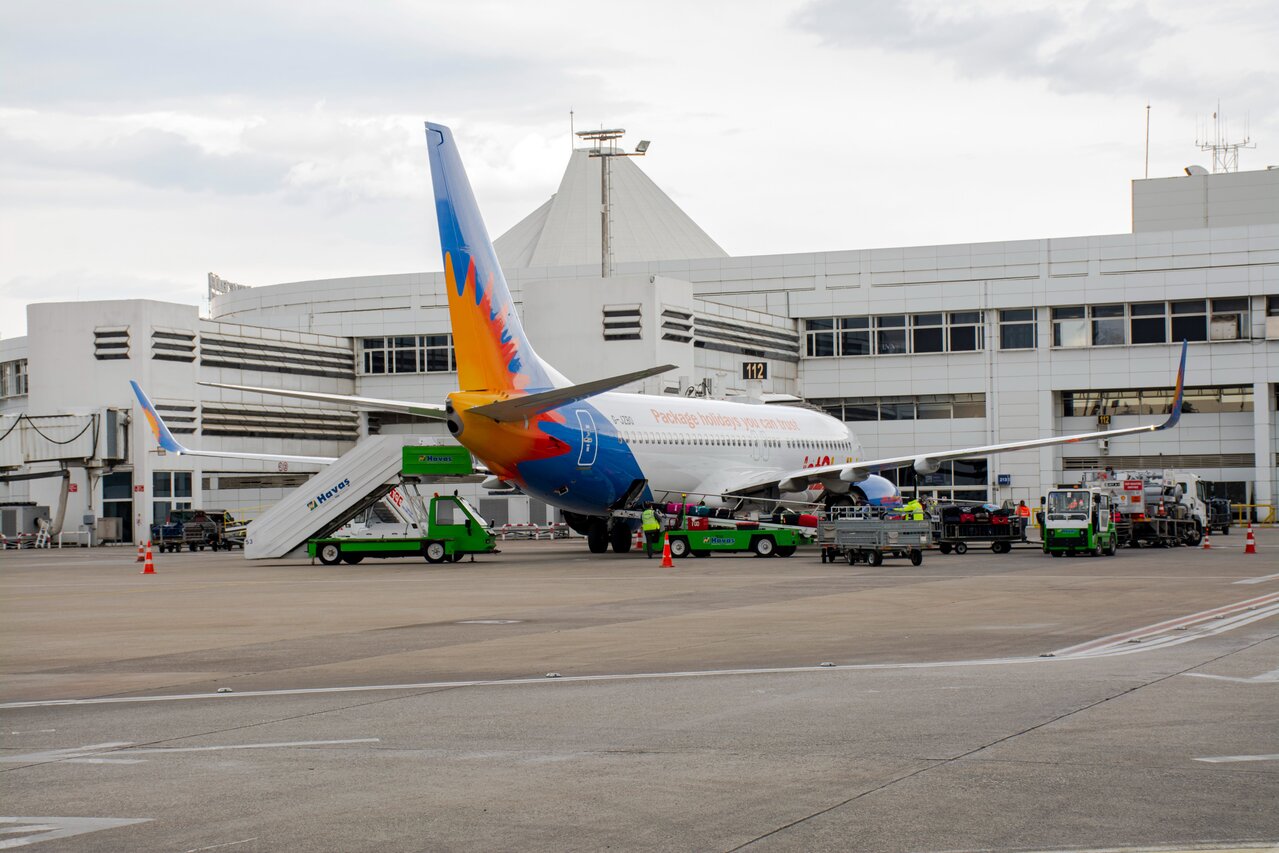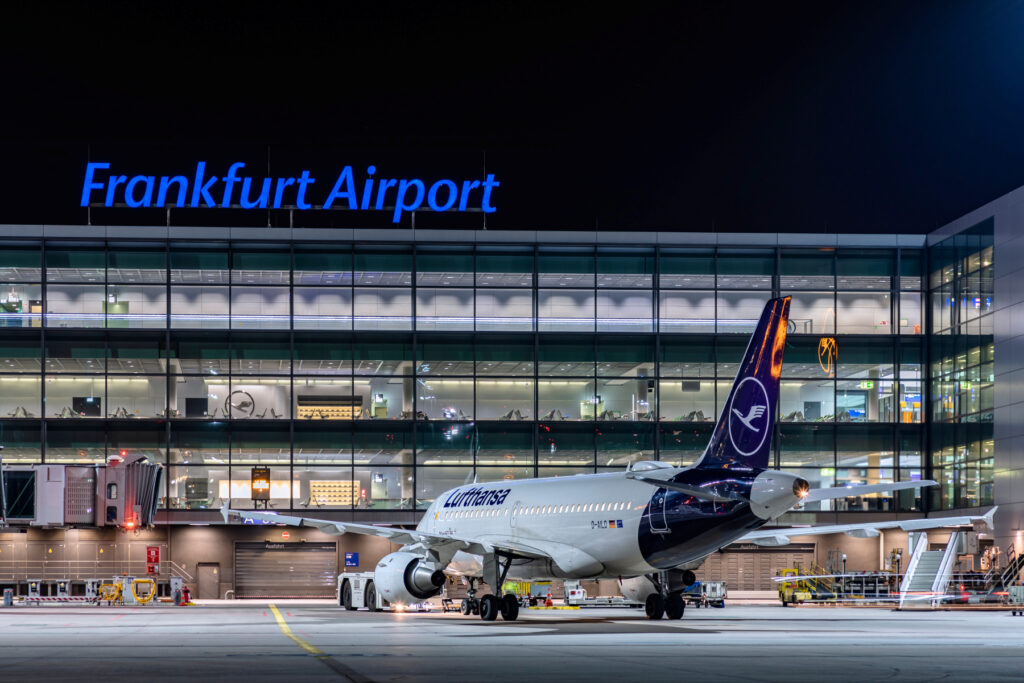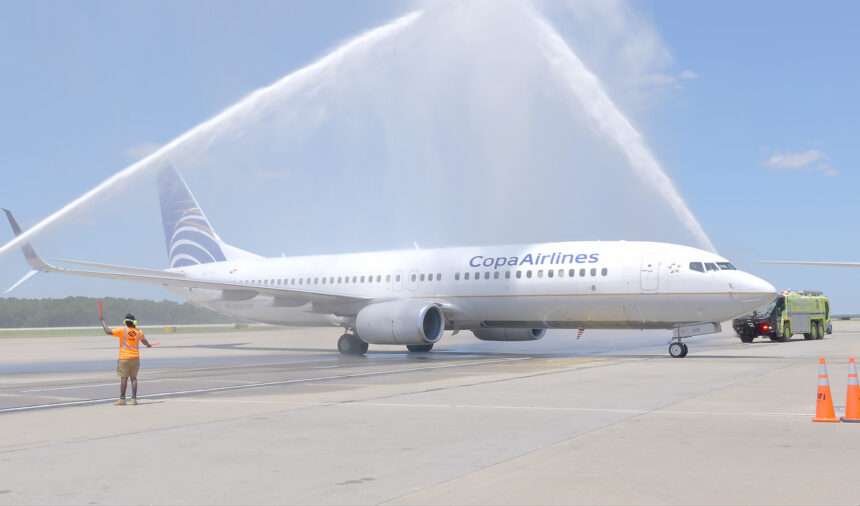Frankfurt Airport (FRA), a major aviation hub in Europe, witnessed positive signs of recovery in May 2024.
This article delves into passenger and cargo traffic developments at Frankfurt Airport alongside a snapshot of global trends across Fraport-operated airports.
Frankfurt Airport: A Global Gateway
Frankfurt Airport, located in Frankfurt, Germany, is a vital center for international air travel. It serves as a hub for Lufthansa, Germany’s largest airline, and is a member of the Airports Council International (ACI) Europe network.
As a key player in the European aviation landscape, Frankfurt Airport facilitates passenger and cargo movement across continents.
May: Passenger Traffic on the Rise
May 2024 brought encouraging news for Frankfurt Airport. Passenger numbers reached approximately 5.5 million, reflecting a year-on-year increase of 6.9%.
This growth can be attributed in part to the early Whitsun break, a European holiday period that boosted demand for flights, particularly to sunny destinations in southern Europe.
However, it’s important to note that passenger numbers are still approximately 11.8% below pre-pandemic levels (May 2019).
This indicates a gradual recovery, but also highlights the continued impact of the pandemic on air travel.

Cargo and Aircraft Movements
Positive developments weren’t limited to passenger traffic. Cargo volumes at Frankfurt Airport also saw a significant increase of 9.9% compared to May 2023, reaching 171,353 metric tons.
This suggests a growing demand for air freight services, which could be linked to factors like global trade trends or specific industry needs.
Additionally, aircraft movements mirrored the positive trend, with take-offs and landings increasing by 7.2% to 39,959.
This signifies a busier airport environment with more flight activity. Furthermore, the accumulated maximum takeoff weights (MTOWs) saw a 5.4% rise.
This indicates that aircraft on average carried more cargo or passengers during this period.

A Look at Global Traffic Trends
The positive trend wasn’t confined to Frankfurt Airport. Fraport, the company that operates Frankfurt Airport, manages numerous airports worldwide.
Many of these airports also reported passenger growth in May 2024. Slovenia’s Ljubljana Airport (LJU) experienced a significant increase of 20.6%, welcoming 133,740 passengers.
This suggests a potential rise in tourism or business travel to Slovenia.
However, some airports faced challenges. Brazilian airports Fortaleza (FOR) and Porto Alegre (POA) saw a substantial decline of 59.7% in passenger numbers, dropping to 429,144.
This decrease is primarily due to the closure of Porto Alegre Airport on May 3rd caused by severe regional flooding. This highlights the impact of unforeseen circumstances on air travel.

On a brighter note, Lima Airport (LIM) in Peru reported a significant 18.9% growth, reaching around 2.0 million passengers in May.
This could be attributed to factors like increased domestic travel or a rise in tourism to Peru. Similarly, the 14 regional airports in Greece collectively welcomed 3.7 million passengers, reflecting an 11.3% increase.
This suggests a potential growth in tourism to various Greek destinations. Burgas (BOJ) and Varna (VAR) airports in Bulgaria witnessed a decrease of 19.9% with 179,531 passengers.
Conversely, Antalya Airport (AYT) on the Turkish Riviera experienced a significant rise of 16.2%, handling around 3.9 million passengers. This points towards a potential surge in tourism to the Turkish Riviera.
Overall, total traffic across Fraport-managed airports grew by 6.3% to approximately 15.8 million passengers in May 2024. This indicates a gradual recovery in global air travel, albeit with variations across different regions.

Conclusion
May 2024 offered encouraging signs for Frankfurt Airport and the broader Fraport network.
While passenger numbers haven’t fully recovered to pre-pandemic levels, the upward trends suggest a gradual return to normalcy.
The increase in cargo volumes and aircraft movements further emphasizes this positive development.
Looking at the global picture, the varying fortunes of Fraport-operated airports highlight the complex and uneven nature of the recovery process in air travel.
As the year progresses, it will be interesting to see how these trends evolve and what they reveal about the future of global air travel.

Click the banner to subscribe to our weekly newsleter.

Click the photo to join our WhatsApp channel so then you can stay up to date with everything going on in the aviation industry!








